Metal Stamping and Pressing for Medical Devices
Devices
Harm Reduction
Medical Coil Springs
The Complete Guide to Medical Device Component Projects
Why Use Metal Stamping To Manufacture Medical Device Parts?
Partnering with engineering companies who offer machining capabilities used to be the norm for OEMs. This would involve metal being cut into a desired shape and size by a controlled material-removal process.
The demand for smaller and more precise medical device parts, however, continued to grow and evolve – as it does to this day. OEMs need a more meticulous solution which will not only accommodate for extremely tight tolerances but be quicker and less wasteful than machining. As a result, metal stamping has become the versatile and efficient process of choice.
Metal stamping runs in a highly automated fashion and in doing so generates extremely precise parts, completed with an incredible level of accuracy. This allows exact specifications to be met in high volumes.
The comparative cost of metal stamping against machining is under constant scrutiny. The latter has always been viewed as somewhat expensive, with smaller parts often difficult to manufacture.
Fortunately, the continued advancement of metal stamping allows the creation of medical components to be increasingly economical. The process is largely automated once dies are set. This lessens the need for engineers and thus reduces labour costs.
Most professional engineering companies can also boast a high-speed metal stamping service, with equipment capable of thousands of strokes per minute. This naturally lends itself to high volume production and ensures the likes of pharmaceutical companies can bring new products to market without lengthy delays.
In addition, metal stamping is as versatile as it is fast.
Lightweight and durable metal can be re-created in minuscule sizes and a whole manner of complex shapes. All the while, high tolerance specifications can still be adhered to.
Perhaps most importantly of all, metal stamping produces quality medical components. Providing OEMs partner with experienced manufacturers such as Clamason, they are unlikely to face the devastating prospect of product failures or recalls.
Testament to the reliability of this process, stamped parts have long been deployed in the likes of surgical devices, probes, device pumps, instrument connectors and even medical implants.
You can find out more about the benefits of metal stamping for medical device parts here.
What Kind Of Medical Equipment Will Use Metal Pressings?
As mentioned above, metal pressings are trusted in even the most intricate of medical devices. In particular, Clamason has worked extensively in the production of parts for the Assisted Living, Harm Reduction and Medical Device markets.
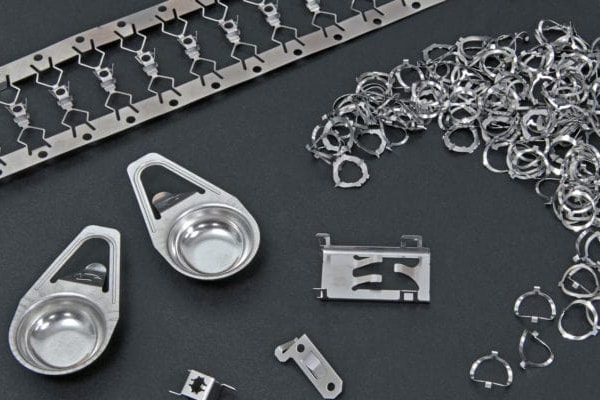
Assisted Living
Assisted Living is a rapidly expanding market which requires high-quality, dependable solutions across a range of complex, mechanical products.
Clamason produces the required metal pressings at high volume, using state of the art equipment. Sizes can range from 0.5 to 3 metres, all while working with clients to find the most cost-effective solution.
A highly skilled and experienced design and development team ensure that only the most effective designs are used, while endeavouring to deliver significant cost savings.
You can read more about Clamason’s work in the Assisted Living market here.
Harm Reduction
The Harm Reduction market helps to reduce risk by eliminating the used drug equipment that is disposed of daily in the medical sector.
With parts manufactured in 0.2mm pre-tin plated steel, demand is fulfilled with high-speed production which leverages state of the art equipment.
Clamason’s multi-cavity progression tooling is efficient in creating high volume runs with exceptional results, pivoting around a highly skilled and experienced team of in-house experts.
You can read more about Clamason’s work in the Harm Reduction market here.
Devices
Clamason manufactures 300 million medical device components per annum, providing medical device tooling for a range of advanced equipment.
Parts are manufactured at speeds of up to 1000 strokes per minute, using state of the art Bruderer presses with 100% camera checking for continued inspection.
Parts are also batch checked using Nikon non-contact vision systems and cleaned using specialist equipment, allowing for a complete service right up the packaging stage.
You can read more about Clamason’s work in the Medical Device market here.
Why Is High-Speed Stamping Often Used In The Manufacture Of Medical Device Parts?
In short, high-speed stamping does what it says on the tin. It’s a far quicker stamping process than ordinary means. This could involve hundreds or even thousands of strokes per minute, producing a huge number of parts in a short space of time.
High-speed stamping machines, such as Bruderer presses, guarantee a high production rate with a competitive cost per part – alleviating some of the concerns associated with the cost of creating bespoke tooling for pressed parts.
High-speed stamping also makes the quick turnaround of multi-million-component projects a reality, without compromising on quality.
In fact, high-speed metal stamping firms have been pivotal in helping the medical industry to further adapt. They assist OEMs to bring new products to market quickly, by applying their expertise to part design, tooling and production, without compromising on exacting specifications.
As bringing new medical devices to market is a notoriously time-consuming process, working with a highly knowledgeable partner to deliver stamped parts is essential to streamline the process.
You can discover more about Clamason’s high-speed stamping capabilities here.
What Is The Benefit Of Progression Tooling?
Progression tooling uses automation to cut and bend a single sheet of metal. A progression tool is different from traditional press tools because it works the material in more than one stage.
As the process doesn’t require a different tool for each cut and bend, components can be made with tighter efficiency, lower cost and less waste.
Of course, structural components are critical to a medical device’s function and longevity. Medical device components are notoriously intricate, meaning that all metal parts must be stamped to stringent tolerances. Where accuracy is key, progression tooling is designed to meet that challenge.
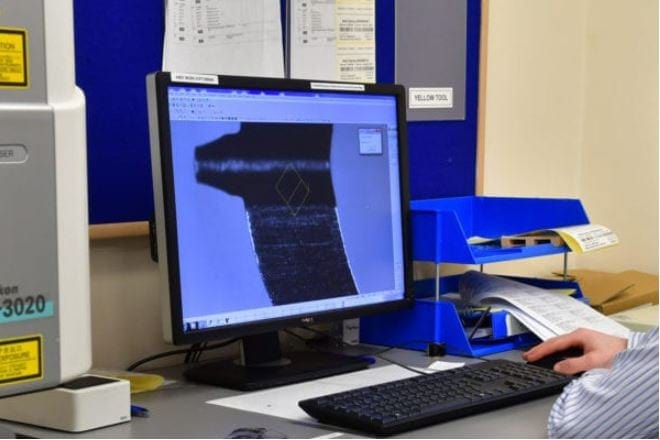
Progressive tooling matches incredible precision with speed and turnaround time, reducing hold-ups while still creating quality parts. By empowering the process to action multiple geometries from a single die, the highest possible volume of part production can be delivered, producing a finished part with every cycle.
The speed and efficiency of this process allows ROI to be achieved quickly, even after the initial design and tooling costs.
You can find out more about the benefits of progression tooling here.
Why Should You Be Interested In Stamping Simulation Technology?
Stamping simulation software makes the creation of complex stamped component designs, resulting in parts that are both higher quality and more economical than ever.
By using a stamping simulator to determine the correct blank shape and size for stamped metal parts, the need for trial and error at the tooling development stage is removed. Rather, the forming of sheet metal is digitally modelled, while describing the real process as accurately as possible to produce realistic results.
The greatest benefit of stamping simulation technology is the potential for much quicker development of intricate medical device components with fewer errors.
If several alternative concepts are being considered, the software can allow for quick reviews of each, without the need for arduous and potentially wasteful prototyping. Similarly, the simulation will often reveal quality and cost improvements which can be incorporated into the design during the very early stages.
By producing technically accurate and reliable early phase components, clinicians can test device parts with a realistic look and feel. Similarly, this process ensures a ‘right first time’ approach to prototyping, thus reducing the waste, cost and delays associated with miscalculations.
You can read more about stamping simulation technology here.
How Does Technical Cleaning Work?
The Clamason team understand that manufacturers are under immense pressure to ensure the safe removal of even sub-microscopic contaminants.
Rigorous cleaning of medical device pressings is vital and written into law by industry regulations, including Clean Room Standards (8). Failure to do so could have fatal consequences and, as a result, this responsibility should be taken extremely seriously by both manufacturers themselves, and the partners they choose to work with.
While there are different means of ridding a pressed component of particulates, oils and general contamination, technical cleaning is an extremely reliable method of doing so.
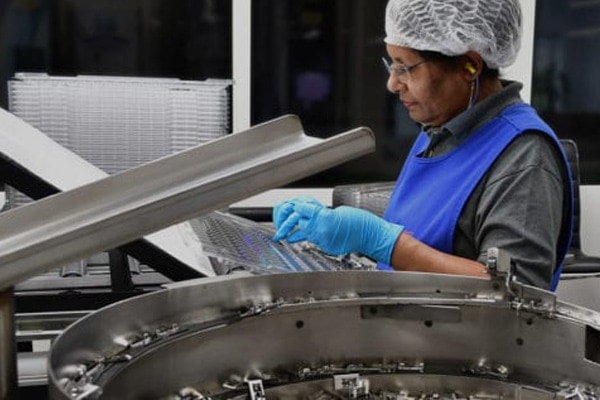
Technical cleaning relies on state-of-the-art machinery, available at both of Clamason’s UK and Slovakian plants. A welcome solution for pressings known to succumb to high pressure and steam, popular methods of technical cleaning include degreasing and solvent cleaning using ultrasonic technology.
Modern solvent technology has enabled degreasing to rise in popularity over recent years, rivalling the aqueous system that displaced it originally. The renewed process has a great many benefits, a reduced bioburden impact chief among them.
The cleaning procedure itself involves a setup consisting of two chambers, each filled with non-flammable solvent. Solvent is heated to a boil which produces a vapour cloud, designed to rise, and meet surrounding cooling coils. The latter cause the vapours to condense before returning to their liquid state.
Medical pressings themselves are put through the vapours and into the boil sump for initial cleaning. From here, they progress to the rinse sump, now filled with clean solvent distilled from the aforementioned solvent vapours. Thanks to this process, vapour degreasing lends itself to the cleaning of delicate components extremely well.
Solvent cleaning, which taps into ultrasonic technology, is another example of technical cleaning at its most advanced.
Ultrasonic cleaning is based on a physical effect born from waves being passed through a liquid, causing it to collide against an object.
This process is referred to as ‘agitating’. It creates millions of minute bubbles which then disintegrate, creating jets of plasma energy (as opposed to air). When it connects with the surface of an object, the energy bursts – naturally immersed in liquid – helping to remove any contaminants.
Technical cleaning is an advanced process which allows components to be cleaned in a safe and controlled environment, to brilliant effect.
You can find out more about technical cleaning here.
Can Clamason Provide Appropriate Packaging Solutions For Medical Devices?
According to Wipak’s Director for Healthcare, Jouni Vikman, as of 2014 10% of medical devices were recalled because of packaging failures.
Partnering with a manufacturing company which offers in-house packing and validation services will ensure that you needn’t suffer the financial and reputational consequences of such an event.
Clamason work tightly to ISO standards. ISO 11607 states that medical packaging should consist of known traceable materials. Moreover, these should be non-toxic, non-leaching and odourless. Further requirements outlaw holes, cracks and tears and insist on suitability for medical environments-cum-applications.
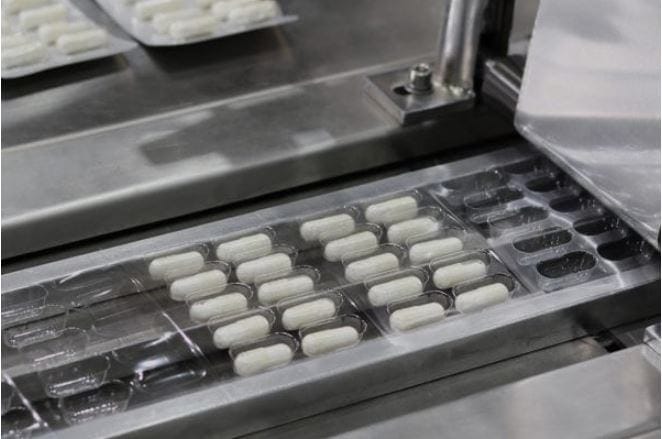
For manufacturers, it’s essential that the packing process allows for high volume, multi-component packaging, whilst adhering to these strict ground rules.
All the while, rapid turnaround times are desirable as OEMs look to bring new products to market in double quick time. To do this they rely on the likes of barrier packaging, medical peel pouches and sachets, thermoformed blisters and lids and procedure packs, to name but a few.
It’s essential that this activity happens in cleanrooms which guarantee heightened protection. Clamason operate in the Class 8 variety, which are permanent or semi-permanent installations that offer floor to ceiling protection and a superior level of cleanliness.
While these environments can be configured, they each have a maximum particle count of 100,000 per cubic foot of interior air. Exact conditions mean air flow rates are between 4 and 8 CDM per square foot and a minimum of 20 air exchanges occur every hour.
Medical packing at Clamason is overseen in these precise settings by highly skilled experts. Similar setups exist in Class 7 and General Medical Practice (GMP) arenas, both of which are offered by Clamason also.
You can read more about packaging solutions for medical solutions here.
Why Should You Choose Clamason For Your Next Project?
If medical parts are manufactured incorrectly, the consequences can be catastrophic.
From product recalls to a destroyed reputation, device manufacturers cannot afford the risk of sub-standard production quality. You must choose your partner wisely.
Clamason is ISO13485 and IATF16949 accredited, giving you the assurance that their knowledge and quality of processes will match the specialist needs of your medical devices.
Extensive experience with the unique properties of medical-grade metals such as stainless steel allow Clamason to make highly effective and low-risk decisions in regard to the design and manufacture of your product. All the while, they provide end-to-end support, with the capability to support initial design, technical cleaning, packaging and more.
Clamason are true experts in precision metal stamping for the medical industry, with over 70 years’ experience as one of Europe’s leading manufacturers.
Related articles and insights
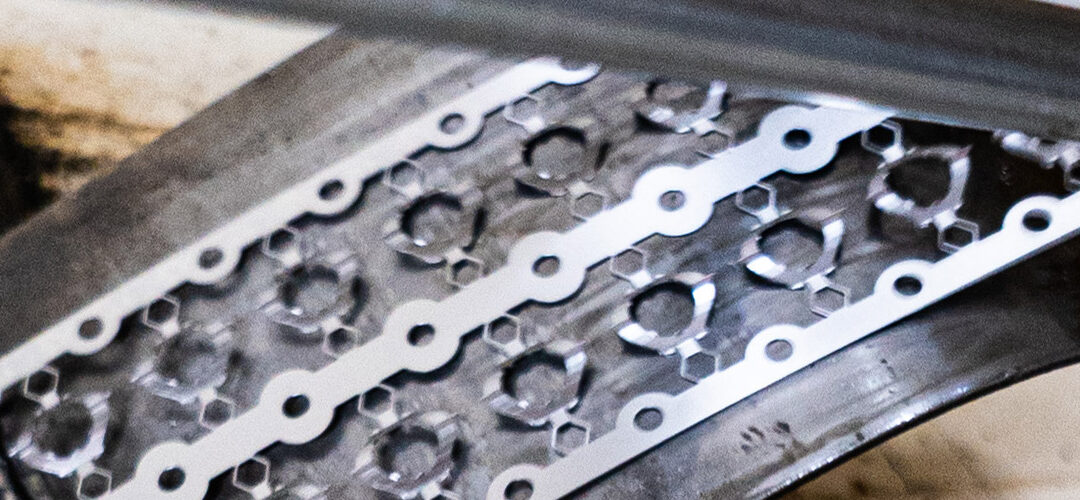
How Does High Precision Metal Pressing Improve Accuracy?
In industrial sectors where even the smallest deviation in precision can jeopardise safety, functionality, or performance, manufacturing accuracy is vital. This ability to maintain quality and consistency is especially relevant in...
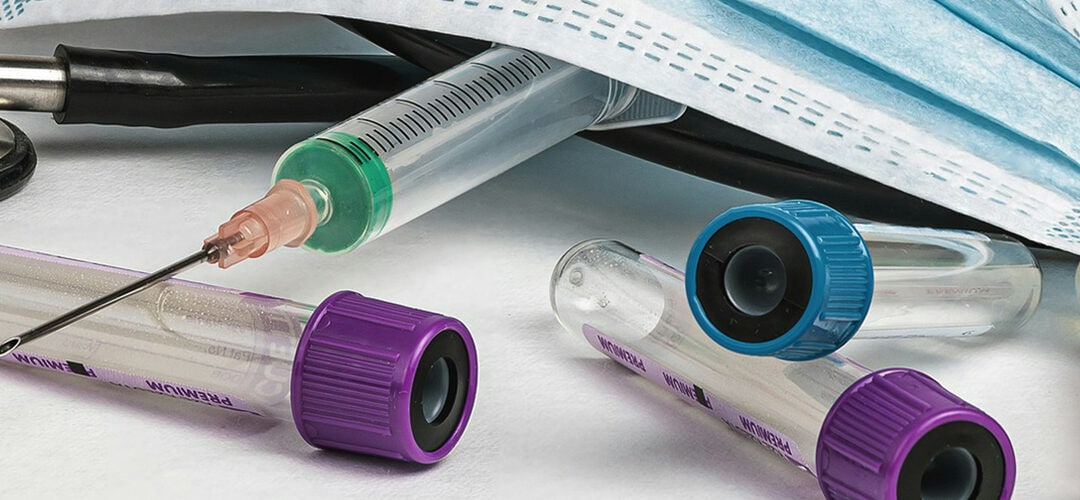
Ensuring Regulatory Compliance in Metal Stamping for Medical Devices
Stamping Regulations Metal stamping, a key process in the production of medical devices, must adhere to stringent regulatory standards to meet industry requirements. Here we will examine the importance of regulatory compliance in metal stamping for medical devices,...
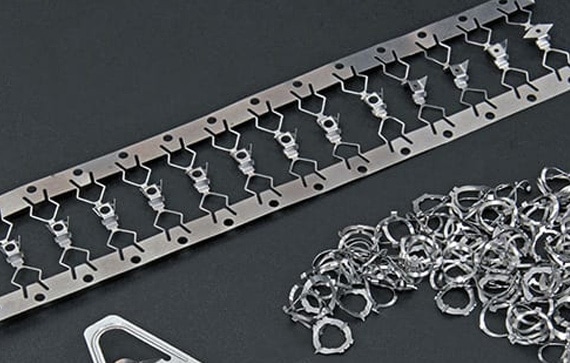
Overview of Clamason’s Precision Engineering in Medical Device Manufacturing
Greater complexity requires greater precision Precision engineering is essential in the manufacture of medical devices due to the special nature of the products involved. Medical devices, from auto-injectors to dry powder inhalers, require great attention to detail...
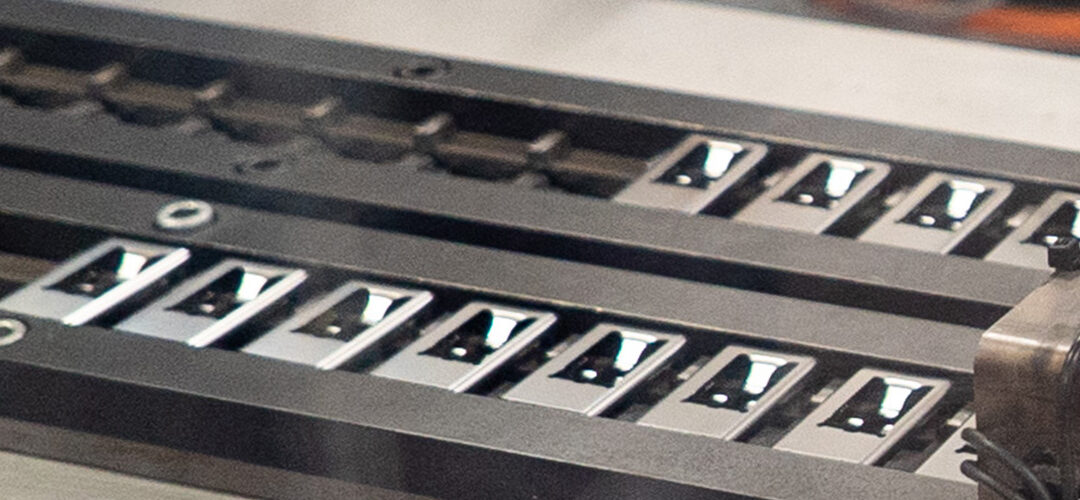
The Role of Metal Components in Drug Delivery Devices
Metal Works Brilliantly Drug delivery devices have revolutionised how we take medication, making treatment more effective, accurate and patient-friendly. These devices range from simple mechanical systems to highly complex electronic devices. A critical aspect of...
